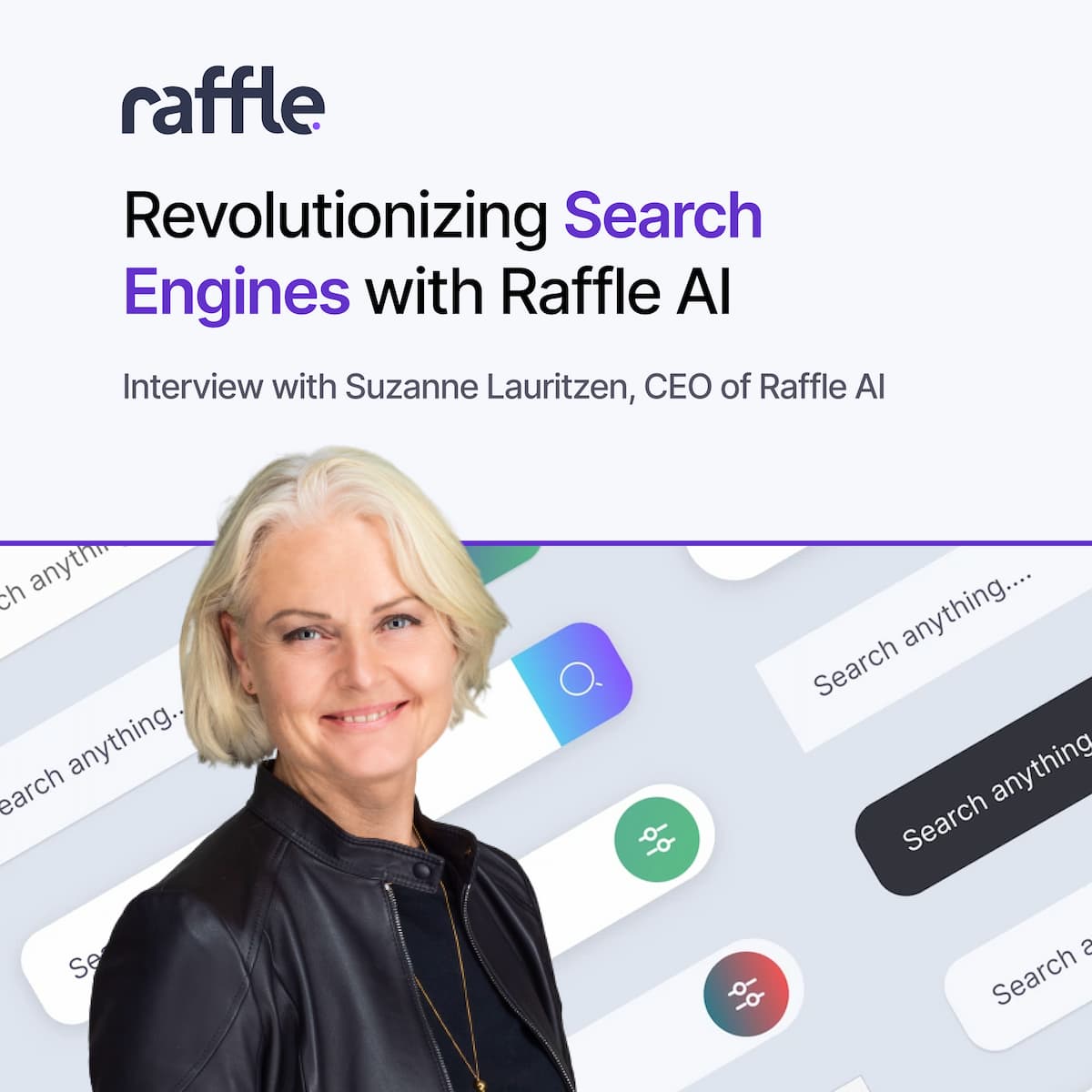Here at Raffle, we believe in being data-driven about AI. But what does that mean?
In short, applying a data-driven approach means we use training data instead of defining rules.
For example, in Google Duplex, examples of conversations are used to learn to understand natural interactions when booking a table at a restaurant or making an appointment with a hairdresser.
Tesla uses rain and non-rain images to decide when to turn on the window sweeper. This approach taken to the extreme has, by some, been called software 2.0.
How much is enough data?
The paradigm has become the leading one because it gives a performance which, given enough training data, is better than the rule-based one. The downside is that “enough data” is often quite a lot.
However, better methods — e.g., word embeddings and few-shot learning — are becoming available all the time, so the amount of data to reach enough will decrease.
At Raffle, we use similar ideas so that models trained on one task can, with little adaptation, be applied in new domains or for new customers. This is an example of few-shot learning.
When adopting this paradigm in the natural language setting, we must pay careful attention to setting up data collection schemes to improve the system’s intelligence over time.
This could, for example, be that we make sure that we collect data every time our current deployed system does something that doesn't make sense for the user. By focusing on the errors, the system will improve faster.
Make data work for you
Our Raffle Insights dashboards allow users to train their data in real-time.


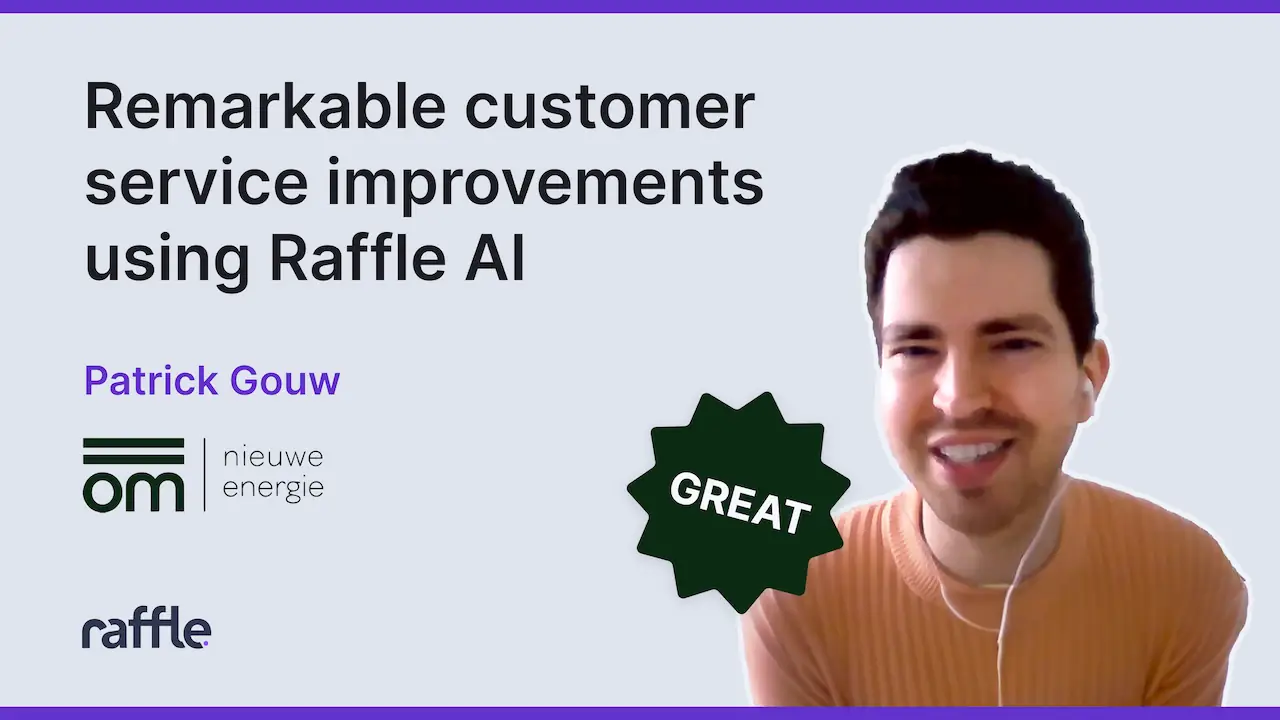
.jpg)
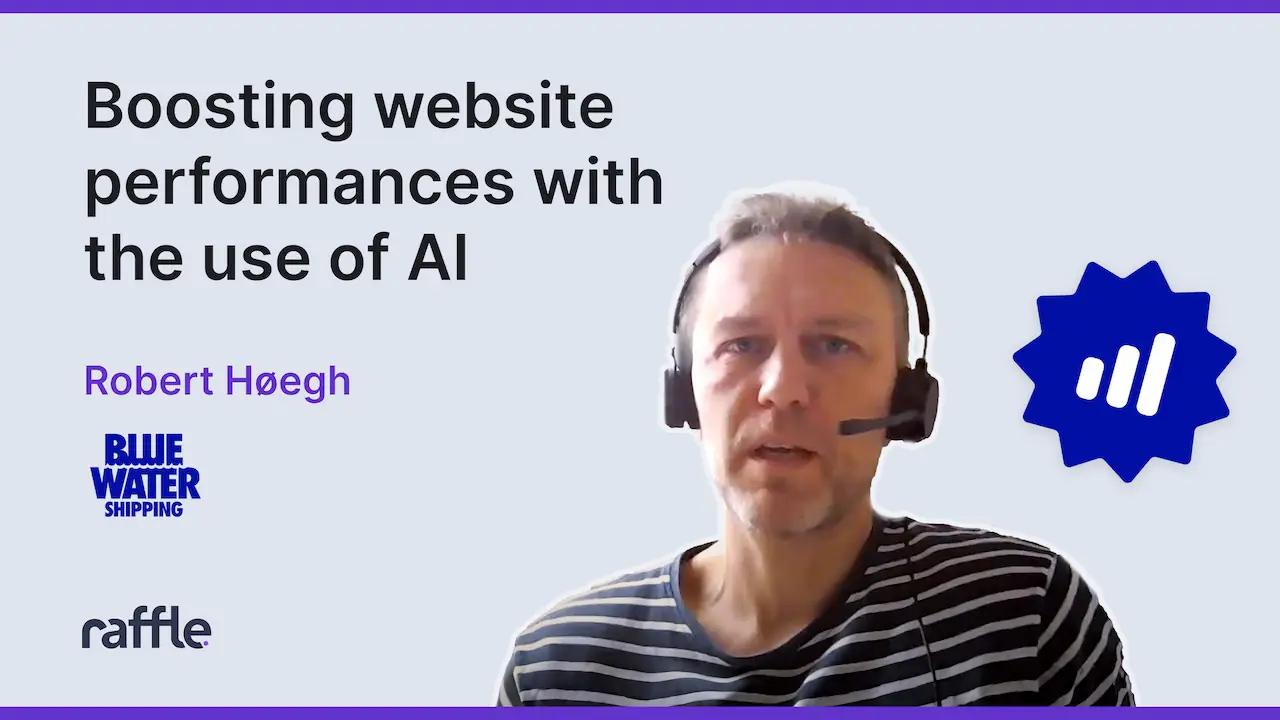
.webp)

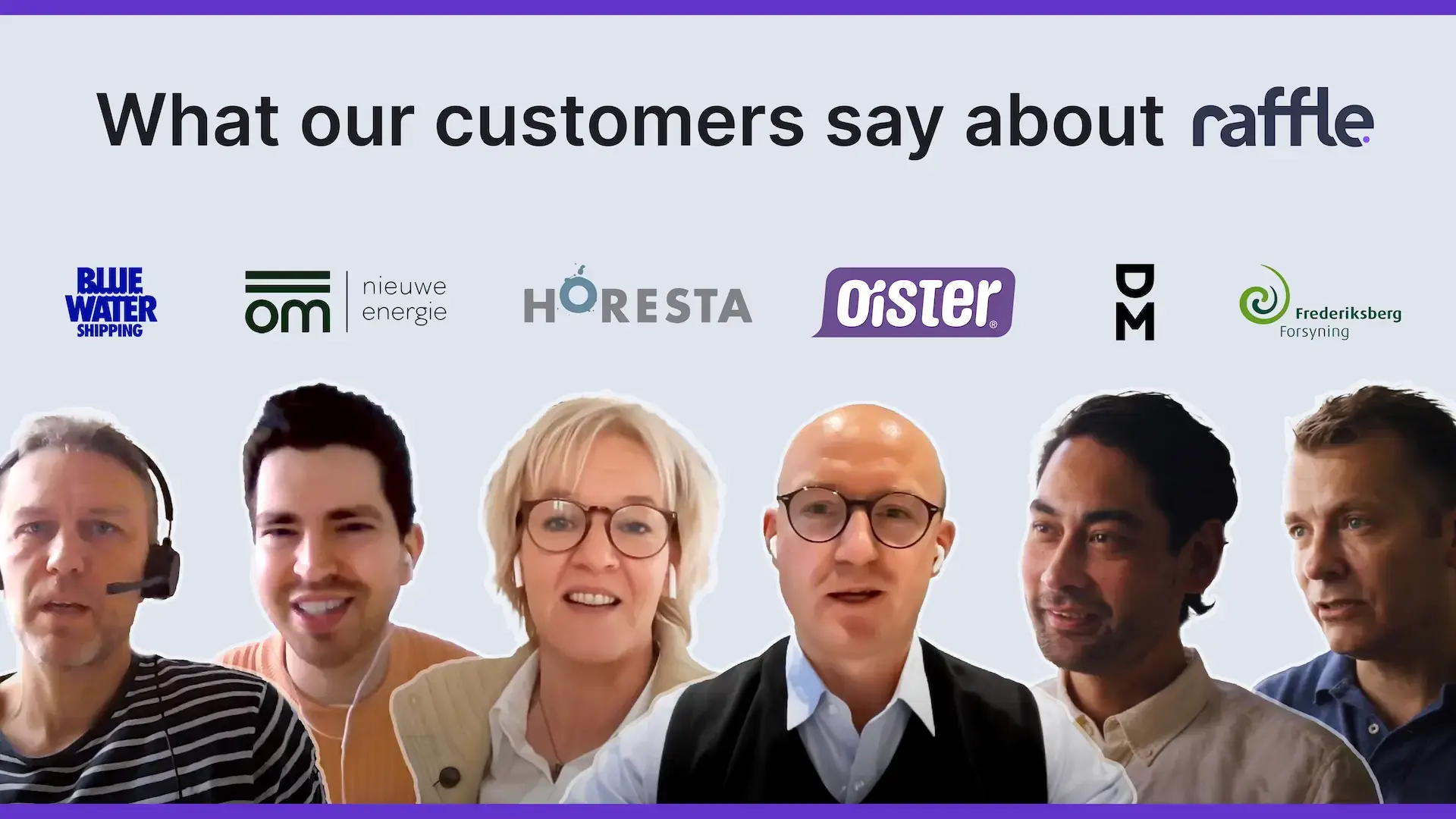
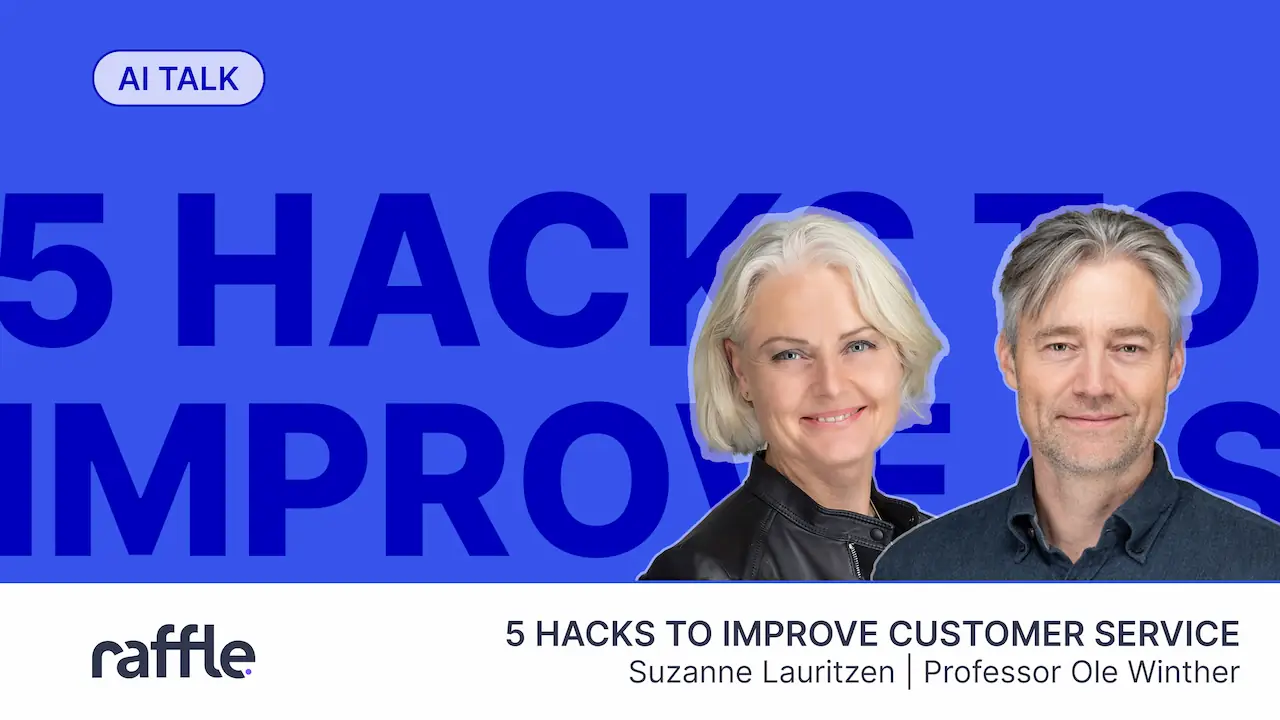

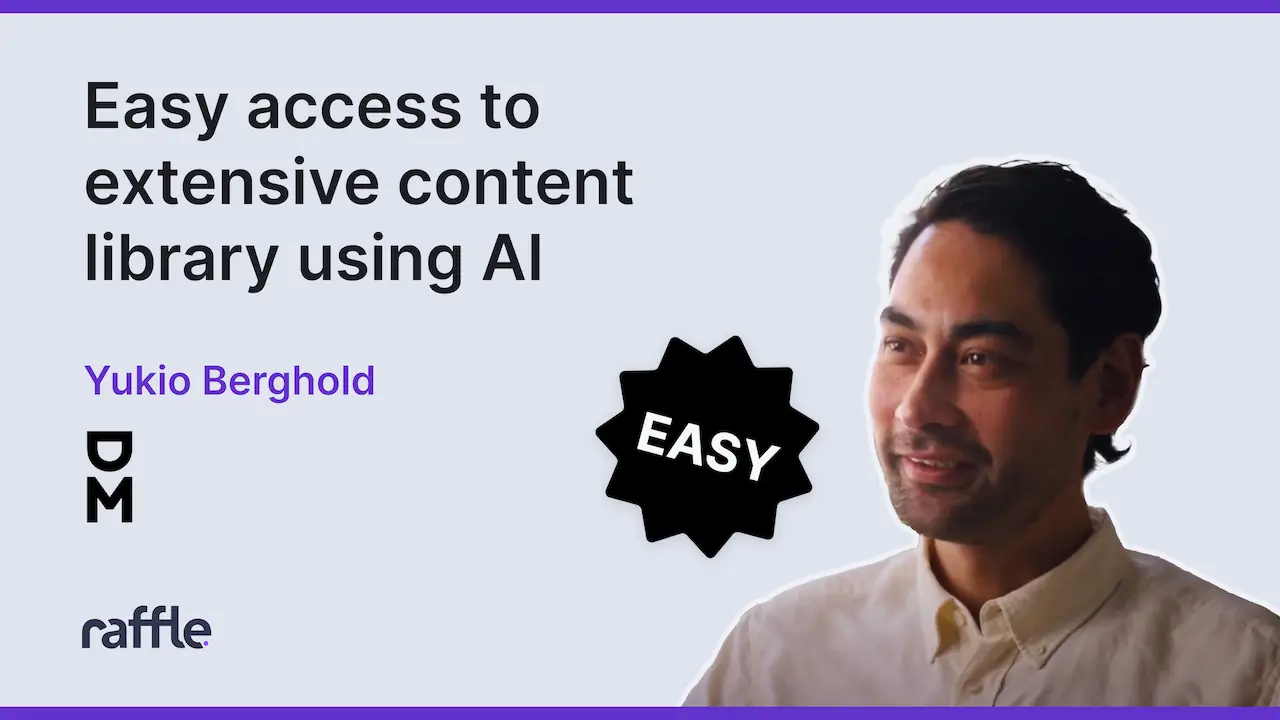
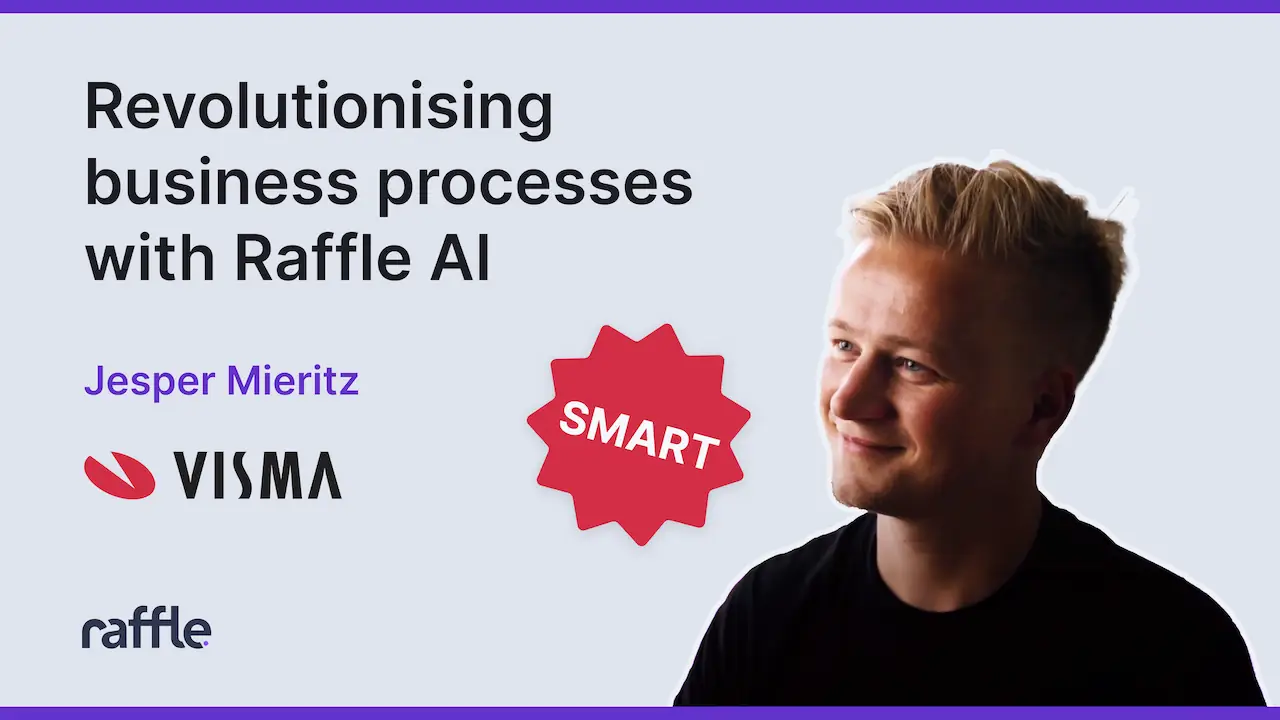
.jpg)
